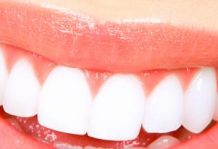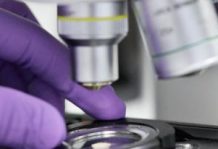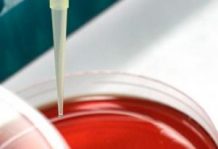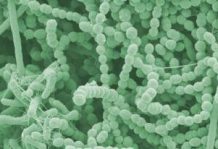Factors that regulate the composition, development, amount, coexistence and distribution of oral microorganisms on surfaces of the oral cavity (primary ecosystems) are known as environmental determinants. There


Factors that regulate the composition, development, amount, coexistence and distribution of oral microorganisms on surfaces of the oral cavity (primary ecosystems) are known as environmental determinants. There

The primary colonisers are mainly gram-positive bacteria – cocci and bacilli – which bind to salivary protein antigens, by specificity of

In oligotrophic environments (lack of nutrients), most bacteria (and some fungi) leave their state of individual planktonic cells to grow as biofilms, forming colonies embedded in a

Oral biofilm has pathogenic potential and its presence is associated with the development of caries, gingivitis, periodontal disease, peri-implant mucositis and peri-implantitis.
The process of oral biofilm

Bacteria in the oral cavity are either found in suspension in saliva (planktonic bacteria) or forming a film which binds to the different oral tissues including tooth